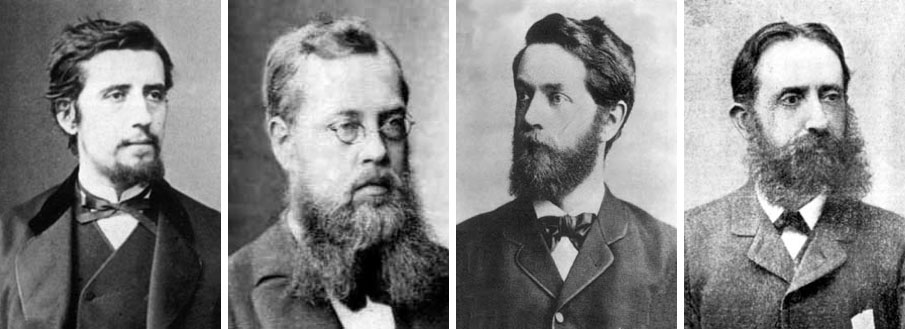

Hilbert characterised the Einstein spaces by a variational principle concerning the global scalar curvature of Riemannian manifolds. In his thesis with Carathéodory, Finsler initiated the systematic study of “his” geometry, which recently became more accessible thanks to the research of Chern and co-workers. And, mostly from Helmholtz’s geometrical work resulted the characterisation of the utmost possible symmetrical Riemannian spaces, i.e. of the spaces which behave in the same way in all directions at any of their points, and for which, moreover, this uniform behaviour in all directions is the very same, independent of their points, i.e. of the perfectly homogeneous isotropic spaces, as the spaces of constant Riemannian or sectional curvature; these are the spaces that satisfy the axiom of free mobility, i.e., for which the measurements of all objects “living” in such spaces do not change when “moving” these objects in any arbitrary way “around” in these spaces.
According to a theorem of Beltrami, these are nothing but the spaces which are projectively equivalent to the locally Euclidean spaces. These studies are highlights among the efforts to answer the question of how to objectively describe in a reasonable way “the theatre” in which we have the impression to be on stage, which, like in antiquity, again took up its central position in all serious scientific research since the second half of the 19th century (till, say, some decades ago).
In the same way as Euclidean geometry in dimension 2 essentially derives from the circle as ground figure by which distances are defined (in an isotropic way, when considered from a human point of view), the Lamé curves – or supercircles of Piet Hein –are at the basis of the simplest definite Minkowski-Finsler geometries (with 4-fold “mild” anisotropies, when considered from a human point of view); analogous comments can be given in dimension 3 and more.